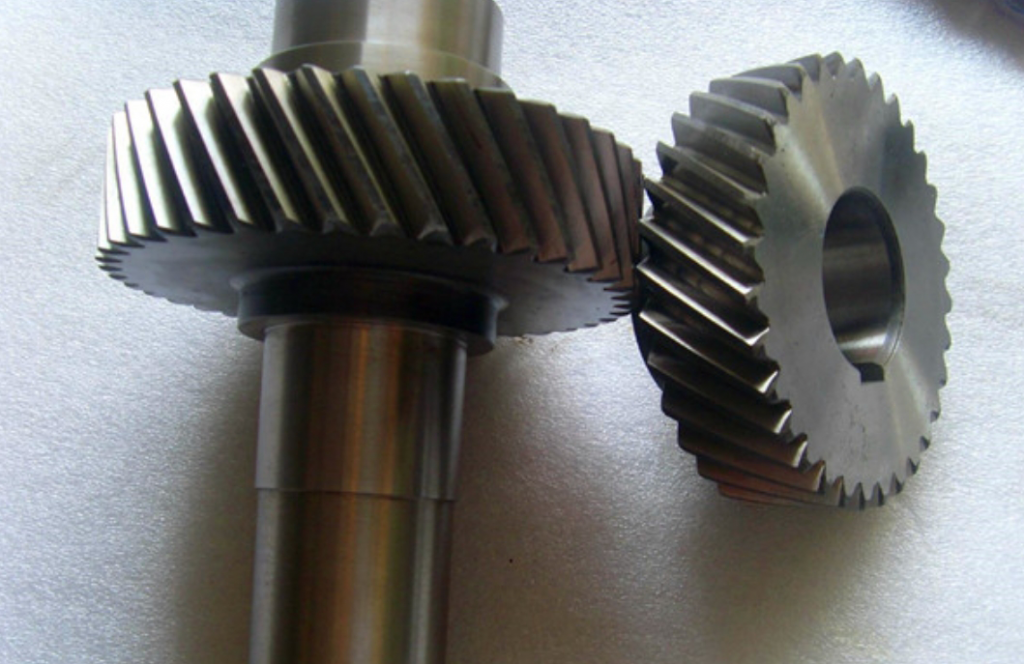Quality control in helical gear production is crucial to ensure the precision, durability, and reliability of these components, which are used in various industries for power transmission. Here are key aspects of quality control in helical gear manufacturing:

1. Material Selection and Testing
- Quality Raw Materials: Start with high-quality raw materials, such as alloy steels, that meet specified standards and requirements.
- Material Testing: Perform material testing, including hardness testing, chemical composition analysis, and microstructure examination, to ensure material properties meet design specifications.
2. Gear Design and Manufacturing Process
- Accurate Gear Design: Use advanced software for gear design to ensure the helix angle, tooth profile, and dimensions are accurate and meet requirements.
- Precision Machining: Utilize CNC machines and other advanced manufacturing technologies to achieve precise gear tooth profiles and surface finishes.
- Heat Treatment: Apply appropriate heat treatment processes, such as carburizing and quenching, to achieve the desired hardness and strength of the gears.
3. Quality Control Measures
- In-Process Inspection: Conduct regular inspections during the manufacturing process to ensure that dimensions, tolerances, and surface finishes are within specifications.
- Final Inspection: Perform a comprehensive final inspection of finished gears using coordinate measuring machines (CMMs) and other inspection equipment to verify gear quality.
- Non-Destructive Testing (NDT): Use NDT methods like magnetic particle testing or ultrasonic testing to detect internal defects or surface cracks.
4. Surface Treatment and Finishing
- Precision Grinding: Utilize precision grinding processes to achieve the required surface finish and tooth profile accuracy.
- Surface Coatings: Apply appropriate coatings, such as nitriding or shot peening, to improve wear resistance and reduce friction.
5. Assembly and Testing
- Gearbox Assembly: Ensure proper assembly of helical gears into gearboxes, following manufacturer guidelines and torque specifications.
- Functional Testing: Conduct functional tests on gearboxes to verify proper gear meshing, load-carrying capacity, and noise levels.
6. Quality Management System (QMS)
- ISO Certification: Implement a quality management system compliant with ISO 9001 standards to ensure consistent quality in gear production.
- Continuous Improvement: Establish a culture of continuous improvement, where feedback from quality control processes is used to identify and implement corrective and preventive actions.
7. Supplier Quality Control
- Supplier Audits: Conduct regular audits of suppliers to ensure they meet quality standards and specifications for raw materials and components.
- Supplier Collaboration: Work closely with suppliers to address quality issues and improve processes.
By implementing these quality control measures, manufacturers can ensure that helical gear meet the highest standards of precision and reliability, leading to improved performance and longevity in various industrial applications.
